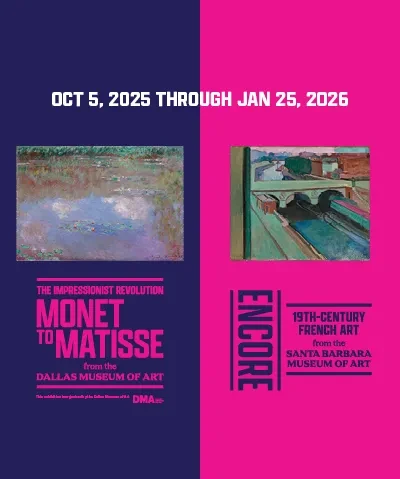Men in Pink: Eighteenth-Century French Portraiture

Jean-Baptiste Perronneau, Olivier Journu (1724–1783), 1756. Pastel on blue-gray laid paper, laid down on canvas. 22 7/8 x 18 1/2 in. (58.1 x 47 cm). Metropolitan Museum of Art, 2003.26.
Mary Craig Auditorium
Free Students and Museum Circle Members
$10 SBMA Members
$15 Non-Members
Melissa Hyde, Ph.D.
Melissa Hyde, Ph.D. Professor and Distinguished Teaching Scholar University of Florida, Gainesville
Though never as ubiquitous in the eighteenth century as the color blue, pink became the color par excellence of the French Rococo. The color was intimately associated with the so-called “Godmother of the Rococo,” Madame de Pompadour, the famous mistress of Louis XV. But even before Pompadour, pink was a hue much favored amongst elites in France, where it attained an unprecedented level of visibility in the visual and decorative arts and in the fashions worn by women, children, and men. This talk will demonstrate why, in the eighteenth-century, to wear pink was to make a statement—a statement made all the more emphatic and enduring when memorialized in portraiture; and one in which gender, class, and/or race played a fundamental role. These matters concerning portraiture “in the pink” will be addressed by way of some very basic, but actually quite complicated, questions: what did pink mean in the eighteenth century? What colors were comprehended by “pink”? Who did or didn’t embrace this color and why? In light of the complexities and nuances of pink, what might it have meant for a racially “white” Frenchman to wear this notionally feminine color (or to have himself depicted wearing it)?
Generous support for Art Matters is provided by the SBMA Women’s Board
This event is in person at Santa Barbara Museum of Art's Mary Craig Auditorium. For visitors attending events in the Mary Craig Auditorium, proof of vaccination is not required, and face covering/masks are recommended, but not required.













![memberseve[1]](https://www.sbma.net/sites/default/files/styles/menu_thumbnail_400_480/public/menu/memberseve%5B1%5D.jpg.webp?itok=hIz01lpc)





